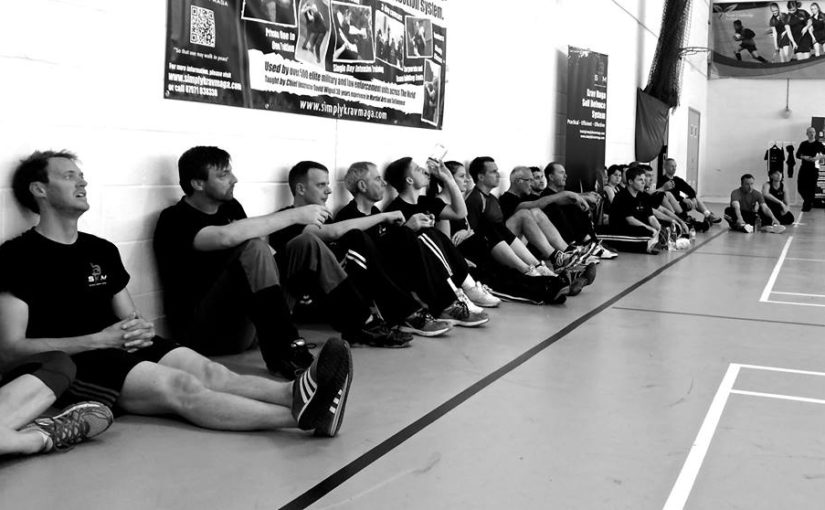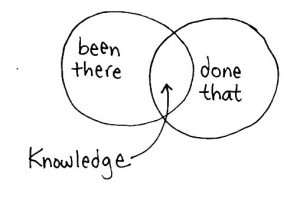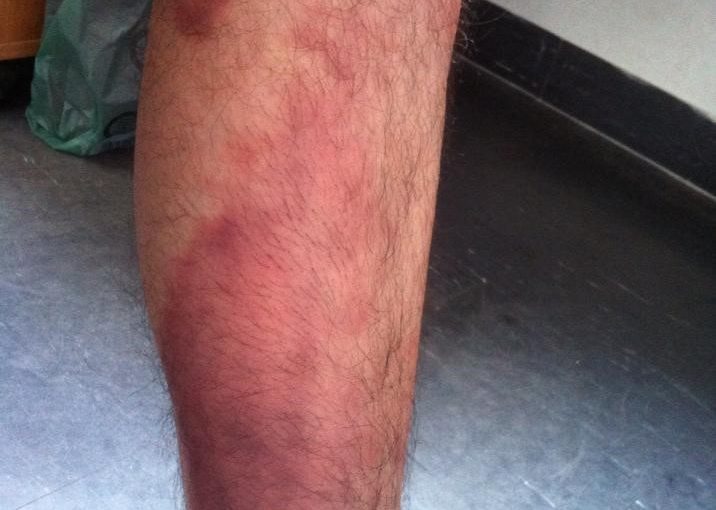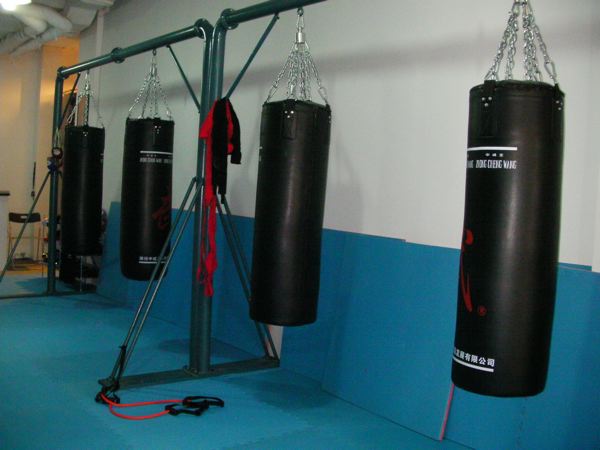The Martial Arts industry is many things. For a start it is very political. No news there really. It is also very changeable and, at times, even fashionable. A bit like the latest ‘Keep Fit’ download or DVD. “Train like celebrity X, you too can be like (insert name)” and all that hyped nonsense. That said, Martial Arts training is also very rewarding, educational, inspirational, confidence boosting, can help improve self esteem, improve on general health and fitness, instil a great sense of achievement and push us to our physical limits. There is indeed an abundance of good stuff that Martial Arts training can give us that would be hard to dispute.
However, sadly, it also breeds bad stuff. Bad stuff that welcomes greed, massages egos, produces inexperienced instructors, encourages ‘untouchable’ and unchallengeable individuals sitting high on usually self appointed pedestals, or offers a second income once you have taken a quick instructor course if you have the cash ready. Naturally there’s no experience necessary. In fact if you don’t have the money to hand, or maybe you don’t even want to put in any amount of work to achieve this superficial instructor level, you can always go online and buy a black belt certification of your choice with a shiny new black belt to match. You can buy a Karate 4th Dan, Ju-jitsu 5th Dan, or even an (ahem) Expert or (ahem) Grand Master level in Krav Maga and Voila! You are ready to teach anyone who wants to pay you their hard earned cash. No questions asked of course. I mean, what’s the point of credibility in an industry that has few governing bodies that rarely investigate, check and ensure that what is being taught to students is safe?!
The quite shocking and dangerous thing with these clubs and organisations is that once the metaphorical smoke and mirrors clear and break, what is left is the stark belief by many that what is being taught, inexperienced or not, is a self protection system that – when transferred to the street – will work. The harsh reality is, of course, it won’t. Well ok, it could have some level of success, but this is generally down to the individual resorting to their own ‘default’, which could be simply lashing out at the attacker and running away at pace. No skill in that and training is hardly needed, huh? Effective? Yes. Looks good? No. So why then do we see so much convoluted, fine motor skill based defences being taught when, in all honesty, they haven’t really got a chance of being successful? The answer? I believe it is because ultimately, very little is challenged. Techniques and concepts are just accepted and it is taken for granted they will work without question, and therefore the ‘parrot fashion’ learnt technique is duly acknowledged by all that ‘x’ is what you do when ‘y’ is presented. No margin for failure, no margin for error, no tactical application, no strategic implementation, just learn by rote.
I’ve found across my many years of teaching in this industry that challenging instructors is something that aggravates them and, to some degree, the students of these instructors can also be equally touchy. This shouldn’t be the case at all because we are all here to learn, right? Why they react in the way they do can be for a whole host of reasons. Challenge or suggested change can be viewed as a direct attack on their teaching ability, their Martial Arts prowess, or their precious discipline. In case it is overlooked, I will mention at this point that I don’t go in for the hero worshipping nonsense. We are all human beings and some of these people were in the right place at the right time. Years of training along a certain ‘pedigree’ does not automatically make that person right in what they say or do. Yes, they may be extremely good at what they do within a safe and controlled environment, but if it were possible to take what they are teaching out of the Dojo, place them in a violent, real life situation, and see how they fare, I think most would be shocked. All theoretical of course but to know what ‘reality’ is, you have to experience it or at least talk to people who know what they are talking about. You can’t beat experience. Mike Tyson once said “everyone has a plan until they get punched in the mouth”. I tend to agree.
So whatever the reason may be for these challenges being taken the wrong way, there should never be anything wrong with being asked a question. I advocate it in my club. Are we not all here to learn together, grow together, develop together and in doing so, all remain that little bit safer? If a student of mine presented me with a defence/technique/response that seemed more effective, more efficient than one I was teaching, I would willingly break it down, work with it under pressure and if it proved to be a more practical approach than something I currently taught, I would introduce it into the club. No ego, no feelings hurt, no embarrassment, just being truthful and open. By not taking on board the views and opinions of others, by not even opening the door for discussion, we end up building a very closed and insular environment and culture in which we train. This has no benefit to the student or instructor alike yet sadly, experience has shown that when questions are asked and challenges put out there, illusions are disrupted, dents are created in fragile egos and comfort zones breached. Possibly the worst of all is that when a more efficient method is actually presented, and the instructor knowingly continues to teach the less effective option, the teaching becomes dishonest and as a result, is short-changing the student. “My bat, my ball, my club and I teach what I want to, even if my students are being lied to” is an attitude I have seen adopted by far too many people. It fast becomes more about the instructor than it does the student.
I’ve been actively involved in Martial Arts and Self Protection for 34 years now and have been teaching for around 20 of those years. During that time I have been privileged to have met and trained with some wonderful, experienced people who have been at the top of their game and who, as individuals, have taught thousands of students across the world. The thing is, as a student or a teacher, we have to be clear about the nature of our training. Is it a traditional Martial Art, for example, like Karate or Ju-Jitsu, or is it a sport like Mixed Martial Arts? Certain aspects of each of these can of course cross over into the street arena, but it is a dangerous path to tread if the training processes of the student instil a false sense of ability and security. There are exceptions to the rules, of course – there always are – but these are generally few and far between. When, within the realms of regulated competition, even professionals find it difficult to secure an arm bar or a choke, what hope would your average student – training once or twice a week – have against a committed attacker? If, when training in the Dojo, your fast, pressure-tested knife defence works perfectly against your partner – who helps your defence succeed by attacking half heartedly and then stops mid-flow to let you perform your well rehearsed defence – then I’m afraid that you, your partner and whoever is teaching you in the belief that what you are doing is ‘real’ are all being dishonest and naive.
If you are teaching or being taught Self Protection, you need to identify where the flaws are. If you don’t do this at all and simply accept that in ‘real life’ it will work, you are treading a very dangerous path and false train of thought. Imagine, if you will, trying a roundhouse kick against an attacker in the street. (I never teach these kinds of moves but for those who are not aware, it’s one of those kicks to the head you see in all Martial Arts films.) It works fine on a shiny polished floor with or without training footwear, but this time you slip over on a puddle of alcohol or something equally as slippery – vomit, grass, mud, gravel, urine, you get the idea. That kick could be the last mistake you make as you hit the floor and your armed assailant closes range and bears down on you for the kill. It works a treat in the Dojo, wins points in competitions, helps towards earning your next level for your grading, and looks great on your promotional videos. How on earth did it fail?
Well, the reality is that you have been negligent in your considerations. You have not realised the stark differences between the environment in which you train and the environment outside. You finish training, pleased that you have just learnt a certain technique, strike, weapons defence, lock, choke, takedown, whatever it is, but then open the door and walk back onto the street to make your way home. Back to life and back to reality. Your Dojo is a cocoon of like-minded people who don’t want to hurt you (well, not too much) and will aid you, unknowingly most of the time, in helping you succeed. That is a great and wonderful thing of course, and something to be welcomed. I am proud of all of my students, the mutual respect they show for each other, the understanding, the stories, the insights, the questioning, the laughs, the fun – mostly the fun – but we never lose sight of the fact of why we train like we do and why we train at all.
Dave Wignall
Chief Instructor – Simply Krav Maga Ltd
CT707 Israeli Krav Maga Systems Instructor
UK Representative CT707 Krav Maga Systems
Contact: 07971 838338









